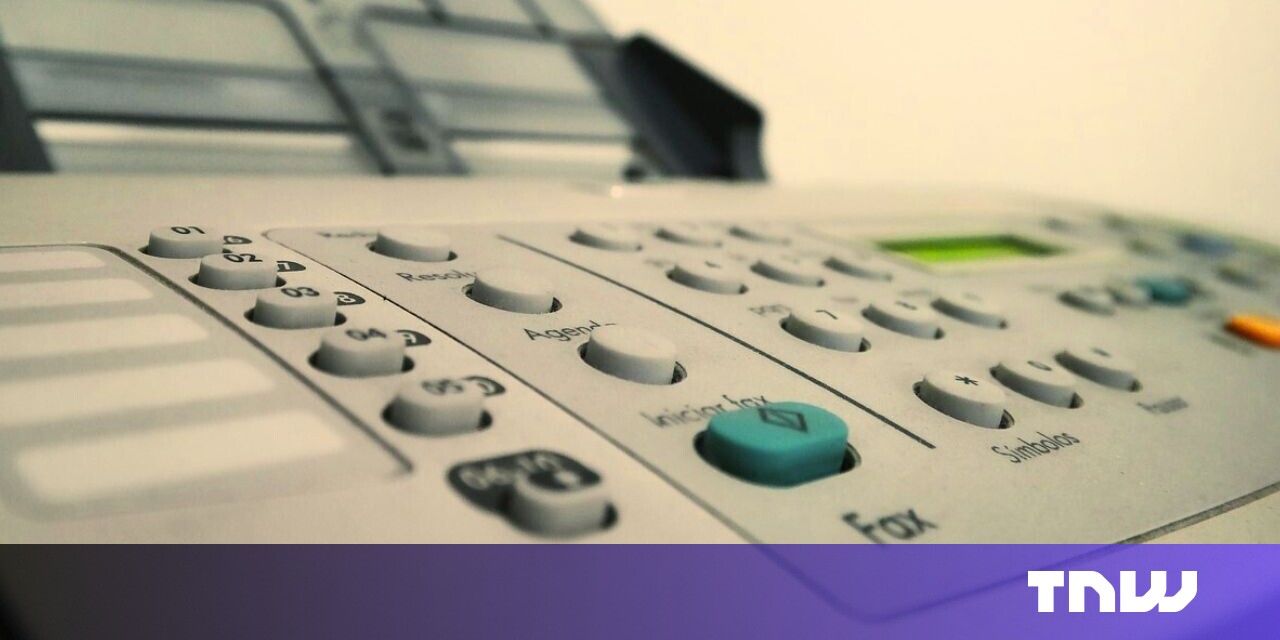Guardian Monkey
Member
It seems like the transmission side of online gaming may no longer be a significant bottleneck within certain limits. As decoding and conversion processes improve, cloud gaming could feel indistinguishable from local gaming. I know this perspective is controversial, but I welcome it. Chasing hardware gets old—yes, I understand concerns about game ownership—but I transitioned from physical movies to streaming, and I see myself doing the same for games if performance meets expectations.
Comcast recently unveiled ultra-low-lag internet technology for Xfinity. Supported applications include select Valve Steam games, NVIDIA's GeForce Now, Meta mixed-reality apps, and Apple FaceTime. More details here.
RFC 9330 introduces the L4S (Low Latency, Low Loss, and Scalable Throughput) architecture, which delivers ultra-low queuing latency (under 1 ms), minimal loss, and scalable throughput. This technology improves services like cloud gaming and video calls while maintaining compatibility with traditional congestion controls. Learn more here.
Comcast recently unveiled ultra-low-lag internet technology for Xfinity. Supported applications include select Valve Steam games, NVIDIA's GeForce Now, Meta mixed-reality apps, and Apple FaceTime. More details here.
RFC 9330 introduces the L4S (Low Latency, Low Loss, and Scalable Throughput) architecture, which delivers ultra-low queuing latency (under 1 ms), minimal loss, and scalable throughput. This technology improves services like cloud gaming and video calls while maintaining compatibility with traditional congestion controls. Learn more here.




